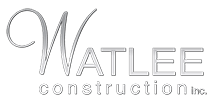Creating your dream luxury home represents one of life’s most significant investments and personal expressions. With the luxury housing market continuing to grow, more discerning homeowners are choosing to build custom rather than purchase existing properties. This comprehensive guide will walk you through every aspect of planning and constructing luxury homes to build, from initial design concepts to final walkthrough.
Building a luxury home involves far more than simply increasing square footage or selecting expensive finishes. Today’s luxury living demands thoughtful integration of premium materials, cutting-edge technology, and personalized spaces that reflect your unique lifestyle and vision.
Key Takeaways
Before diving deep into the construction process, here are the essential points every prospective luxury homeowner should understand:
- Luxury homes typically feature 4,000+ square feet with premium materials like marble, hardwood, and custom millwork
- Essential luxury features include gourmet kitchens with high-end appliances, spa-like master suites, and seamless indoor-outdoor living spaces
- Construction costs range from $300-800+ per square foot depending on location, materials, and custom features
- Popular architectural styles include Modern Farmhouse, Mediterranean, Contemporary, and Craftsman designs
- Smart home technology integration is now standard in luxury builds, including automated lighting, security, and climate control
- Timeline for luxury home construction typically ranges from 12-24 months from design to completion
Understanding these fundamentals will help you make informed decisions throughout your luxury home building journey and ensure your investment delivers the lifestyle and value you expect.
Essential Features for Luxury Home Construction
When planning luxury homes to build, certain features have become hallmarks of upscale living. These elements distinguish truly luxurious properties from standard custom builds and directly impact both your daily experience and long-term property value.
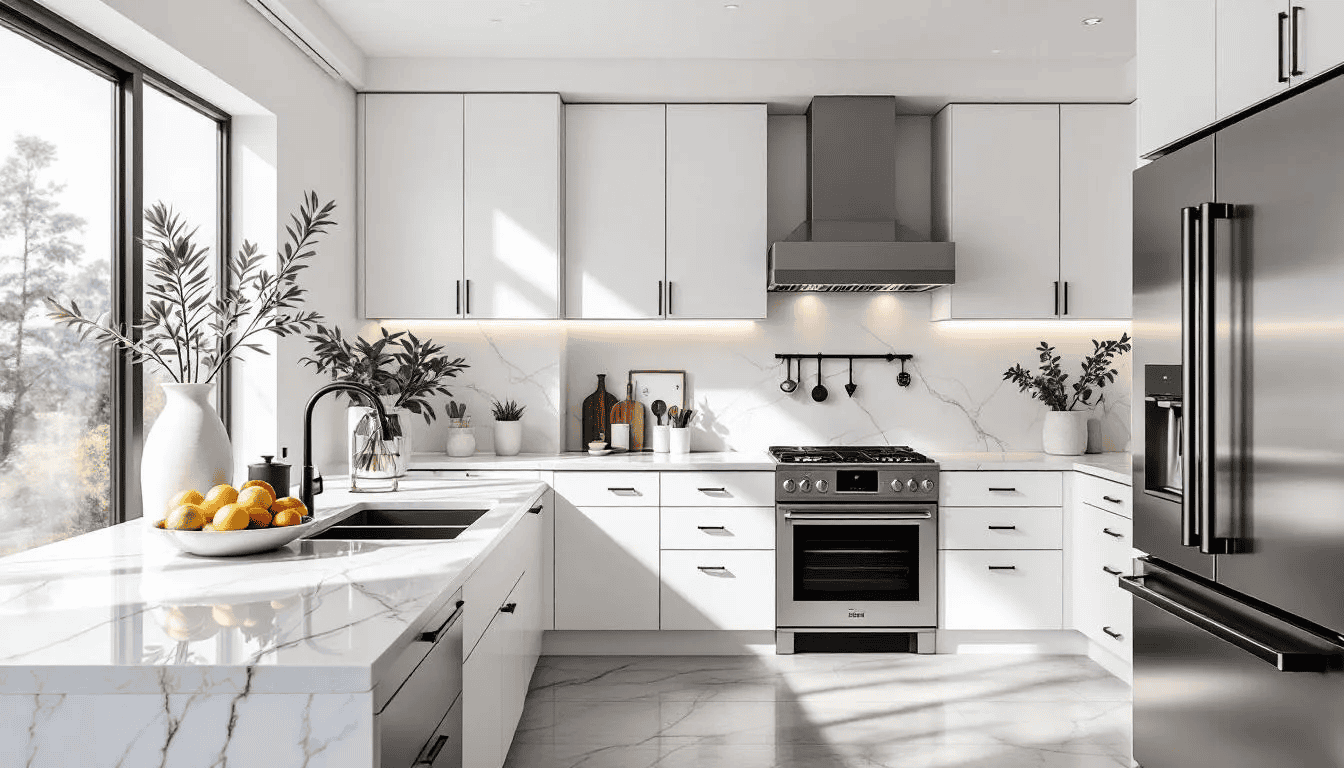
Premium Kitchen Amenities
The kitchen serves as the heart of luxury living, where functionality meets sophistication. Today’s luxury house plans prioritize gourmet cooking capabilities alongside entertainment value. Essential elements include Sub-Zero refrigeration systems, Wolf professional-grade ranges, and marble or quartzite countertops that provide both beauty and durability.
Modern luxury kitchens also feature oversized islands that serve multiple functions – from food preparation to casual dining and social gathering spaces. Butler’s pantries have become increasingly popular, offering discrete storage and preparation areas that keep the main kitchen pristine during entertainment. Smart features like touchless faucets, built-in coffee stations, dual dishwashers, and warming drawers reflect the integration of technology with traditional craftsmanship.
Spa-Inspired Master Suites
Creating a personal retreat within your home requires careful attention to both space and amenities. Luxury master suites typically encompass spacious walk-in closets with custom organizational systems, bathrooms featuring soaking tubs and steam showers, and private outdoor spaces like balconies or terraces.
The bathroom design often incorporates heated floors, high-end fixtures from brands like Kohler or Toto, and custom cabinetry that maximizes storage while maintaining clean lines. Many clients choose to include separate his-and-hers vanities, providing personal space and reducing morning routine conflicts.
Specialized Entertainment and Wellness Rooms
Luxury home designs increasingly include dedicated spaces for specific activities and interests. Wine cellars with climate control systems and tasting areas appeal to collectors and entertainers alike. Home theaters require acoustic treatment and professional-grade audio-visual systems to create an authentic cinema experience.
Fitness enthusiasts often request private gyms equipped with high-end exercise equipment, while wellness-focused homeowners might include saunas, meditation rooms, or indoor pools. These specialized spaces require early planning to ensure proper ventilation, electrical capacity, and structural support.
Multi-Car Garage and Storage Solutions
Luxury living extends to vehicle accommodation and storage organization. Modern luxury house plan specifications typically include garages with three or more bays, advanced organizational systems, and electric vehicle charging stations. These spaces often feature epoxy floors, climate control, and built-in storage solutions that maintain the aesthetic standards found throughout the rest of the home.
Outdoor Living Integration
The connection between indoor and outdoor spaces has become a defining characteristic of contemporary luxury home designs. Covered patios extend living areas while providing weather protection, while full outdoor kitchens enable seamless entertainment flow. Infinity pools, fire features, and sophisticated landscaping create resort-like experiences in your own backyard.
Many luxury homes also include guest suites with private entrances, full bathrooms, and kitchenettes. These spaces provide comfort for visitors while maintaining privacy for the main household.
Popular Luxury Home Architectural Styles
The architectural style you choose will influence every aspect of your luxury custom home, from material selection to interior design possibilities. Each style offers unique advantages and appeals to different lifestyle preferences.
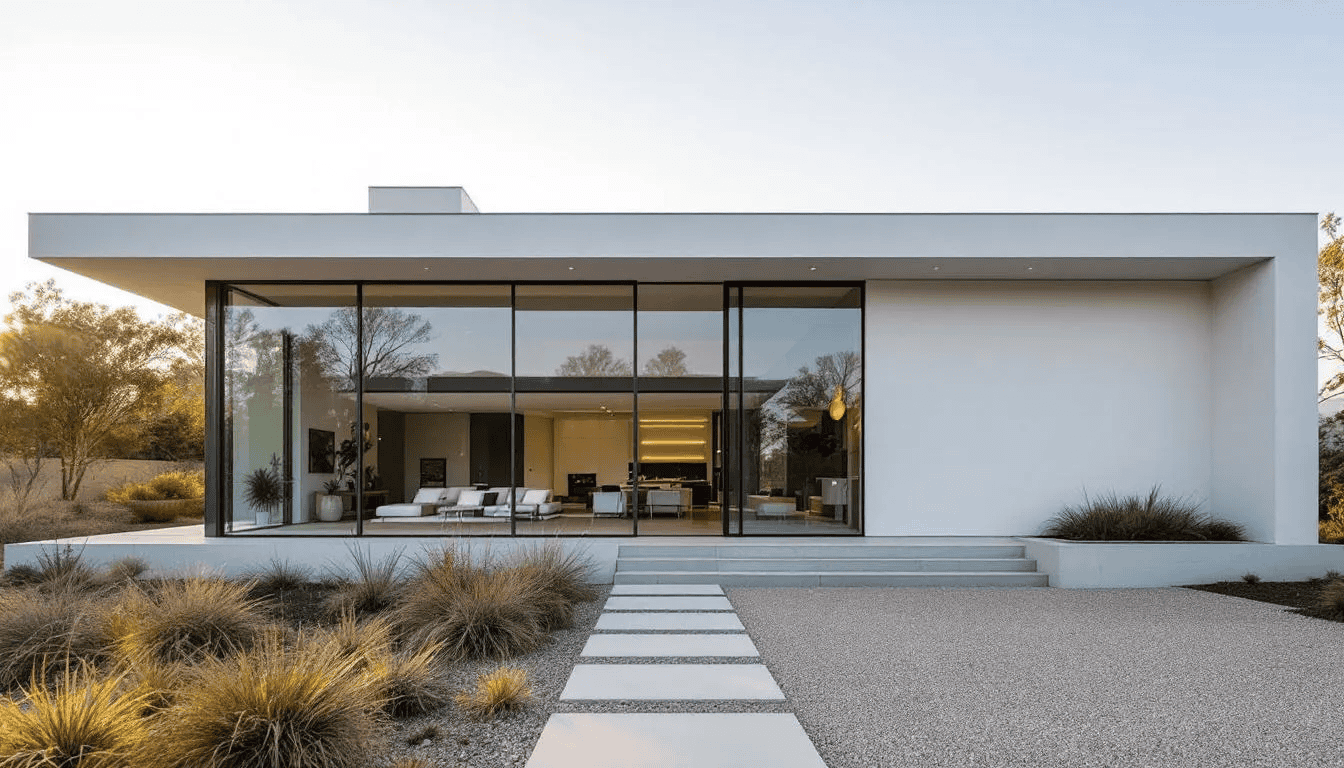
Modern Contemporary Designs
Modern contemporary luxury homes emphasize clean lines, open floor plans, and extensive use of glass to maximize natural light. These designs often feature floor-to-ceiling windows, flat or shed roofs, and integration of materials like steel, glass, and polished concrete.
The appeal of contemporary design lies in its emphasis on simplicity and functionality. Open concepts eliminate unnecessary walls, creating seamless flow between living spaces. Technology integration feels natural in these environments, with smart home systems easily concealed within minimalist frameworks.
Key characteristics include cantilevered structures that appear to float, floating staircases that serve as sculptural elements, and extensive use of natural materials balanced with industrial components. The indoor-outdoor connection remains paramount, with sliding glass walls that disappear to merge interior and exterior spaces.
Mediterranean and Tuscan Styles
Mediterranean luxury homes evoke Old-World elegance through warm materials and traditional craftsmanship. Stucco exteriors, clay tile roofing, and wrought iron details create immediate visual appeal, while arched doorways and windows add architectural interest.
These designs excel at creating intimate spaces within larger floor plans. Courtyards provide private outdoor areas, while loggias offer shaded outdoor living spaces perfect for entertaining. Interior spaces often feature exposed beam ceilings, natural stone accents, and rich wood finishes that create warmth and character.
The style naturally accommodates luxury amenities like wine cellars, which fit seamlessly into the European-inspired aesthetic. Outdoor living spaces feel authentic with features like fountains, outdoor fireplaces, and lush landscaping that creates a resort-like atmosphere.
Modern Farmhouse Luxury
The modern farmhouse style has gained tremendous popularity for its ability to combine rustic charm with contemporary conveniences. Board-and-batten siding, standing-seam metal roofing, and oversized porches create classic American farmhouse appeal, while interior spaces incorporate modern luxury amenities.
Large, open kitchens serve as focal points, often featuring oversized islands, walk-in pantries, and a mix of rustic and contemporary finishes. Shiplap walls, exposed beams, and sliding barn doors add character, while modern appliances and smart home technology provide convenience.
This style works particularly well for families seeking a more relaxed luxury aesthetic. The design philosophy emphasizes comfort and functionality over formality, creating spaces that feel both upscale and welcoming.
Planning and Design Process
The planning phase determines the success of your entire luxury home building project. This stage requires careful coordination between multiple professionals and thorough consideration of your long-term needs and preferences.
Initial Consultation and Lifestyle Assessment
Professional luxury home builders begin with comprehensive lifestyle assessments to understand how you live, work, and entertain. This process goes beyond basic room counts to explore your daily routines, hobbies, and future plans. Do you work from home and need dedicated office space? Are you wine collectors requiring proper storage? Do you frequently host large gatherings?
These conversations help identify must-have features versus nice-to-have amenities, ensuring your budget focuses on elements that will provide the most value and enjoyment. Experienced builders will also discuss maintenance considerations, as luxury features often require specialized care and ongoing costs.
Site Analysis and Optimization
Site selection and analysis significantly impact your luxury home’s design possibilities and long-term enjoyment. Professional site evaluation considers topography, soil conditions, drainage patterns, and optimal orientation for views and natural light.
Privacy considerations become particularly important for luxury properties. Strategic placement on the lot, landscaping design, and architectural features can create secluded retreats even in developed neighborhoods. Views should be maximized while unsightly elements are minimized or blocked entirely.
Local building codes, setback requirements, and homeowner association restrictions may limit certain design elements. Early identification of these constraints prevents costly design changes later in the process.
Design Development and Collaboration
The design phase for luxury custom homes typically requires three to six months for completion. This extended timeline reflects the complexity of integrating multiple systems, custom elements, and unique features that distinguish luxury properties.
Collaboration between architects, interior designers, and landscape professionals ensures cohesive design throughout indoor and outdoor spaces. Regular design meetings help refine details and make selections for custom millwork, fixtures, and finishes.
Three-dimensional renderings and virtual reality walkthroughs have become standard tools for visualizing spaces before construction begins. These technologies help identify potential issues and allow for adjustments while changes remain relatively inexpensive.
Permitting and Regulatory Approval
Luxury homes often face more complex permitting processes due to their size, unique features, and potential environmental considerations. Projects on large lots or in sensitive areas may require environmental impact assessments or special use permits.
The permitting timeline varies significantly by location, ranging from two weeks in some jurisdictions to several months in others. Experienced luxury home builders maintain relationships with local officials and understand regional requirements, helping expedite this process.
Technology and Infrastructure Planning
Early integration of smart home systems, security features, and advanced electrical infrastructure prevents costly retrofitting later. Luxury homes require substantial electrical capacity for high-end appliances, lighting systems, and technology features.
Network infrastructure planning has become particularly important as homes accommodate multiple users with high bandwidth requirements. Whole-home automation systems require careful coordination with other trades to ensure proper installation and functionality.
Construction Cost Considerations
Understanding the financial aspects of luxury home construction helps you make informed decisions and avoid budget surprises. Costs vary significantly based on location, materials, and custom features, but certain patterns apply across most markets.
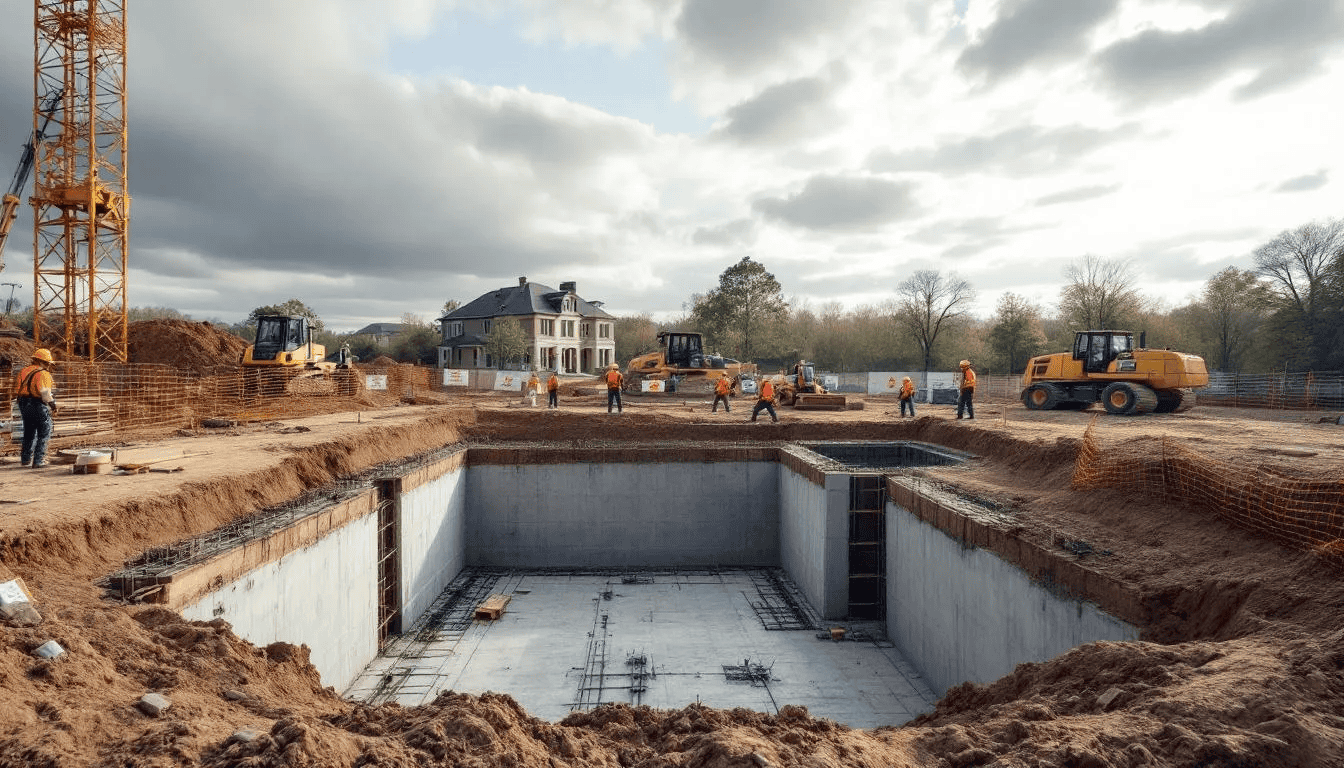
Base Construction Costs
For luxury homes with typical high-end features, construction costs generally range from $300 to $500 per square foot. This baseline includes quality materials, professional installation, and standard luxury amenities like premium flooring, custom cabinetry, and high-end appliances.
Ultra-luxury features can increase costs to $600-800+ per square foot or higher. These projects often include imported materials, one-of-a-kind millwork, or specialized amenities like indoor pools, elevators, or extensive smart home integration.
Geographic location significantly impacts these figures. Luxury homes in major metropolitan areas or exclusive resort communities typically cost more due to higher land values, labor costs, and material transportation expenses.
Land Acquisition and Site Preparation
Land costs can equal or exceed construction costs in premium locations. Waterfront properties, golf course lots, or exclusive urban neighborhoods command premium prices that reflect their desirability and limited availability.
Site preparation costs vary based on topography and existing conditions. Challenging sites may require extensive excavation, retaining walls, or specialized foundation systems that add significant expense. However, difficult sites often provide unique opportunities for dramatic designs that take advantage of views or natural features.
Premium Material and Finish Upgrades
Material selections dramatically impact project costs and finished quality. Italian marble, Brazilian hardwoods, and custom ironwork can add six-figure upgrades to base budgets. However, these investments often provide both immediate enjoyment and long-term value retention.
Custom millwork represents a significant cost category in luxury homes. Hand-crafted cabinetry, built-in furniture, and architectural details require skilled craftsmen and extended timelines. These elements often become signature features that define the home’s character and value.
Technology Integration Investments
Comprehensive smart home systems typically require $50,000 to $150,000 investments, depending on scope and complexity. These systems control lighting, climate, security, entertainment, and energy management throughout the home.
Advanced security systems with cameras, sensors, and monitoring services add additional costs but provide peace of mind for luxury property owners. Professional installation ensures reliable operation and seamless integration with other home systems.
Outdoor Living and Landscaping
Luxury outdoor spaces often require $100,000 to $500,000 investments for pools, gardens, and outdoor kitchens. Hardscaping with natural stone, mature plantings, and elaborate water features create resort-like environments that extend living space outdoors.
Professional landscape design ensures proper drainage, irrigation, and plant selection for long-term success. Quality outdoor lighting extends usability into evening hours while highlighting architectural and landscape features.
Selecting the Right Builder and Team
The success of your luxury home project depends heavily on selecting experienced professionals who understand the unique requirements of high-end construction. This decision impacts everything from design quality to timeline adherence and final satisfaction.
Builder Experience and Portfolio Review
Look for established firms with minimum 10-year track records and extensive portfolios of completed luxury homes. Experience with projects similar in scale and style to your vision indicates the builder’s capability to execute your specific requirements.
Review recent projects in person when possible, paying attention to finish quality, attention to detail, and overall craftsmanship. Speak with previous clients about their experience, timeline adherence, and post-construction support.
Verification and Due Diligence
Ensure all licensing and insurance coverage meets current requirements and provides adequate protection for your project scale. Professional builders maintain comprehensive general liability and workers’ compensation coverage appropriate for luxury construction values.
Better Business Bureau ratings, online reviews, and professional association memberships provide additional insight into the builder’s reputation and business practices. However, personal references from recent clients often provide the most valuable information about working relationships and problem resolution.
Supplier and Craftsman Relationships
Top-tier builders maintain established relationships with specialty craftsmen, millwork suppliers, and material vendors who understand luxury standards. These relationships often provide access to unique materials and ensure quality installation of complex systems.
Ask about the builder’s supplier network and how they handle specialty items or custom features. Builders with international supplier relationships can often source unique materials or work with specialized craftsmen for one-of-a-kind elements.
Design-Build Services and Coordination
Many clients prefer design-build services where architectural and construction teams work under unified management. This approach streamlines communication, accountability, and decision-making throughout the project.
Design-build firms can often provide more accurate cost estimates during design development and identify potential construction challenges before they impact timelines or budgets. The integrated approach also facilitates value engineering to optimize both cost and quality.
Contract Structure and Protection
Detailed contracts protect both parties and establish clear expectations for scope, materials, timelines, and payment terms. Luxury home contracts should specify material allowances, change order procedures, and warranty provisions.
Payment schedules should align with project milestones and provide appropriate protection for both parties. Avoid contractors requesting large upfront payments or unusual payment terms that could indicate financial instability.
Timeline and Construction Process
Understanding the luxury home construction timeline helps set realistic expectations and plan for temporary housing or other arrangements during the building process.
Pre-Construction Phase (6-12 months)
The pre-construction period encompasses design development, permitting, engineering, and finalizing all specifications. This phase often takes longer than anticipated due to the complexity of luxury home systems and the need for detailed coordination between trades.
Final material selections, custom millwork approvals, and technology specifications must be completed before construction begins. Changes during construction typically cost significantly more than modifications during the design phase.
Foundation and Structural Work (3-5 months)
Luxury homes often require complex foundation systems to support larger spans, multiple levels, or challenging site conditions. Custom homes may incorporate steel framing for dramatic architectural features or unusual structural requirements.
Site work during this phase includes utility connections, drainage systems, and any required retaining walls or site modifications. Weather delays during this phase can impact the entire project timeline.
Mechanical, Electrical, and Plumbing Systems (2-3 months)
Luxury homes require extensive MEP coordination for advanced lighting, HVAC zones, plumbing fixtures, and technology infrastructure. Smart home wiring, security systems, and entertainment equipment require careful coordination to avoid conflicts.
This phase includes rough inspection by local authorities to ensure code compliance before walls are closed. Any changes to mechanical systems after this point require expensive modifications.
Interior Finishing (4-6 months)
The finishing phase represents the most labor-intensive period, involving installation of millwork, flooring, tile, fixtures, and built-in elements. This work requires skilled craftsmen and cannot be rushed without compromising quality.
Custom elements like hand-painted murals, specialized tile work, or unique fixtures often have extended lead times that must be coordinated with the overall schedule. Quality control during this phase prevents costly corrections after completion.
Final Inspections and Completion (2-4 weeks)
Final inspections cover code compliance, system functionality, and finish quality. Professional luxury builders conduct thorough walk-throughs with clients to identify any punch list items requiring attention.
Warranty orientation covers operation of complex systems, maintenance requirements, and warranty provisions. This education helps protect your investment and ensures optimal performance of luxury features.
Luxury Home Technology Integration
Modern luxury homes incorporate sophisticated technology systems that enhance comfort, security, and efficiency. Early planning ensures seamless integration without compromising design aesthetics.
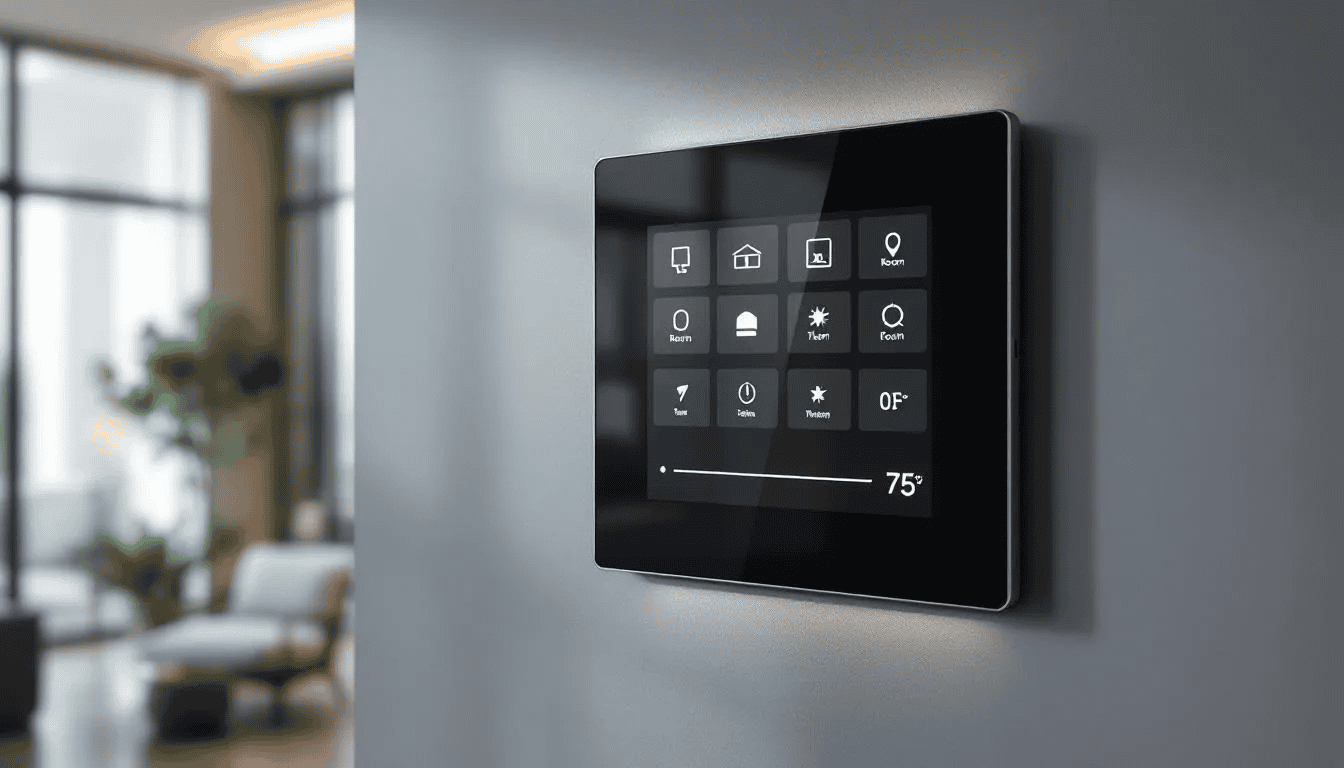
Whole-Home Automation Systems
Centralized control systems manage lighting, climate, window treatments, security, and irrigation from smartphones or dedicated control panels. These systems learn usage patterns and can automatically adjust settings for optimal comfort and efficiency.
Professional installation ensures reliable operation and provides ongoing support for software updates and system expansions. Quality systems integrate multiple manufacturers’ products through common control platforms.
High-Speed Internet Infrastructure
Robust network infrastructure supports multiple users with high bandwidth requirements for streaming, video conferencing, and smart home devices. Fiber-optic wiring and distributed WiFi systems ensure reliable connectivity throughout large homes.
Network design should anticipate future requirements and provide capacity for emerging technologies. Professional installation includes proper network security and backup systems for critical functions.
Integrated Audio and Video Systems
Distributed audio systems provide high-quality sound throughout the home while maintaining clean aesthetics through in-ceiling speakers and hidden wiring. Centralized equipment rooms house sensitive electronics while providing easy access for maintenance.
Home theater design requires acoustic treatment, specialized seating, and professional-grade projection or display systems. Proper room design ensures optimal viewing and listening experiences that rival commercial facilities.
Advanced Security and Monitoring
Comprehensive security systems combine cameras, sensors, and access controls with professional monitoring services. Biometric access controls and facial recognition technology provide convenient yet secure entry management.
Integration with smart home systems allows security events to trigger lighting, HVAC, or other responses. Remote monitoring capabilities provide peace of mind whether at home or traveling.
Energy Management and Sustainability
Smart energy management systems monitor consumption, integrate renewable energy sources, and optimize HVAC operation for efficiency. These systems can significantly reduce operating costs while supporting sustainability goals.
Solar panel integration with battery storage provides energy independence and backup power for critical systems. Professional design ensures optimal panel placement and system sizing for your specific location and energy usage patterns.
About Watlee Construction, Inc.
When it comes to realizing your vision for luxury homes to build, partnering with an experienced, award winning construction company makes all the difference. Watlee Construction, Inc. has been creating exceptional custom homes for over two decades, building a reputation for uncompromising craftsmanship, innovative design solutions, and client-focused service.
Our team brings together decades of experience in luxury home construction, with expertise spanning contemporary masterpieces to traditional estate homes. We understand that building a dream home represents more than construction—it’s about creating spaces where families will live, entertain, and create lasting memories for years to come.
Our Design-Build Philosophy
At Watlee Construction, Inc., we believe in a collaborative approach that puts our clients at the center of every decision. Our design-build process ensures seamless communication between architects, designers, and construction teams, eliminating the typical challenges that arise when working with separate firms.
From initial lifestyle assessment through final walkthrough, our team maintains focus on your unique vision and requirements. We work closely with clients to understand their complete lifestyle needs, ensuring every space serves both practical and aesthetic purposes.
Commitment to Innovation and Quality
Our commitment to innovation extends beyond following trends—we actively seek cutting-edge technologies and sustainable building practices that enhance both immediate comfort and long-term value. Whether integrating the latest smart home technology or sourcing unique materials from global suppliers, we ensure your home reflects the finest in contemporary luxury living.
Quality craftsmanship remains our foundation, with rigorous standards applied to every aspect of construction. Our relationships with master craftsmen and specialty artisans allow us to execute complex custom features that distinguish truly exceptional homes.
Client-Centered Experience
We understand that building a luxury custom home represents one of life’s most significant investments, both financially and emotionally. Our project management approach prioritizes clear communication, transparent budgeting, and adherence to agreed timelines.
Regular progress meetings, detailed documentation, and proactive problem-solving ensure our clients remain informed and confident throughout the construction process. Our warranty support and ongoing relationship extend well beyond project completion, providing peace of mind for years to come.
Proven Track Record
Watlee Construction, Inc. has successfully completed numerous luxury homes across diverse architectural styles and price ranges. Our portfolio includes waterfront estates, mountain retreats, and urban luxury residences, each reflecting our ability to adapt our expertise to unique sites and client visions.
Our clients frequently become advocates for our work, referring friends and family members who seek similar quality and service. This word-of-mouth business foundation reflects the trust and satisfaction we consistently deliver.
When you’re ready to explore luxury homes to build, Watlee Construction, Inc. offers the experience, innovation, and commitment necessary to transform your vision into reality. Contact our team to discuss your project and discover how we can help create the luxury home you’ve always envisioned.
FAQ
How long does it take to build a luxury home? Typically 12-24 months from groundbreaking to completion, with an additional 6-12 months for design and permitting phases. Complex custom features or challenging sites may extend this timeline.
What’s the minimum square footage for a luxury home? While there’s no official minimum, luxury homes typically start at 4,000 square feet, with many exceeding 6,000-8,000 square feet to accommodate the specialized rooms and amenities that define luxury living.
Do I need to hire an architect for a luxury home? Yes, custom luxury homes require licensed architects to design unique plans that meet building codes, optimize site conditions, and integrate complex systems while achieving your aesthetic vision.
What’s the difference between luxury and ultra-luxury homes? Luxury homes feature high-end finishes and premium amenities, while ultra-luxury homes include custom everything, rare imported materials, and unique features like car elevators, private spas, or indoor pools.
How much should I budget for luxury home furnishing? Plan for 10-20% of your construction budget for furnishing and decorating a luxury home with quality pieces that match the level of the architecture and finishes.
Can I build a luxury home in any neighborhood? Check local zoning laws, HOA restrictions, and minimum square footage requirements, as some communities have specific guidelines for luxury construction, architectural styles, or lot coverage ratios.
What’s the most important factor in choosing a luxury home builder? Experience with similar projects, verified references from recent clients, and a proven track record of delivering quality work on time and within budget. The builder’s relationships with skilled craftsmen and suppliers also significantly impact project success.
How do I protect my investment during construction? Work with properly licensed and insured builders, maintain detailed contracts with clear specifications, implement milestone-based payment schedules, and conduct regular inspections throughout the construction process.
